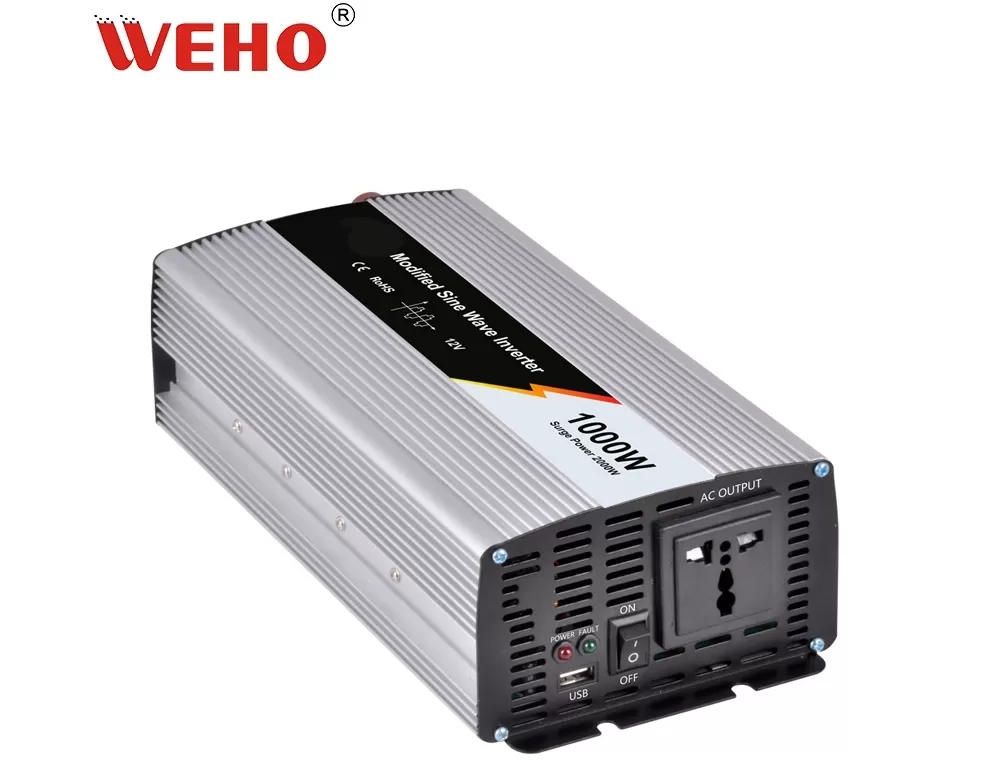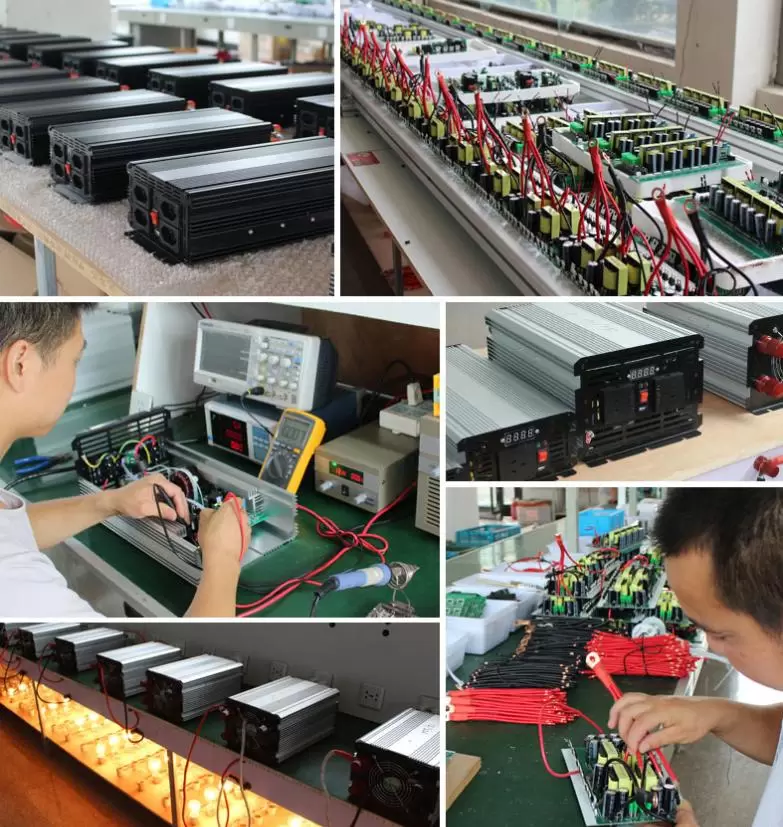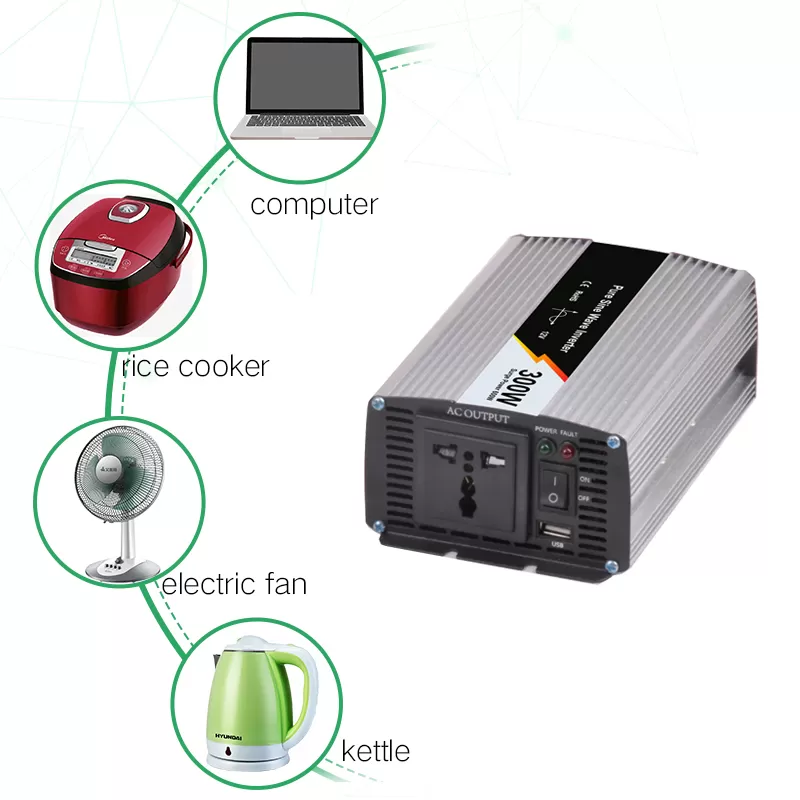An inverter power supply is an important component in many electrical systems because it converts direct current (DC) into alternating current (AC).
This conversion is necessary to power appliances and equipment that run on AC power, especially where DC power is more readily available or more efficient.
This article will explain the process of converting DC to AC and help you choose an inverter that suits your needs.
AC vs DC Power – What’s The Difference?
How To Convert DC To AC Power Supply With An Inverter?
How to convert DC power to AC power? In order to convert DC to AC, the flow of power needs to be affected in a way that changes the one-way flow of DC into the alternating current of AC – this is achieved by using a so-called H-bridge, which successfully converts the one-way flow of DC into Electrical current is converted into alternating current back and forth.
How Does An Inverter Work?
Converting DC (direct current) to AC (alternating current) power supply using an inverter is a straightforward process. Here’s a step-by-step guide:
When do you need to convert DC to AC power?
When you need to convert DC (Direct Current) to AC (Alternating Current) power, you typically use a device called an inverter.
An inverter takes the DC power input and converts it into AC power output, which is commonly used for household appliances, electronic devices, or industrial equipment that require an AC power supply.
What Are Inverters Used For?
An inverter is an electronic device used to convert direct current (DC) into alternating current (AC).
They are commonly used in a variety of applications including:
Where you can buy DC to AC Converter?
Now that you know everything there is to know about DC to AC converters or inverters, you might be thinking about where to buy a reliable inverter.
Once your buying criteria are reliability, quality and affordability, WEHO has you covered. Check out our range of battery inverters in our official website now.











